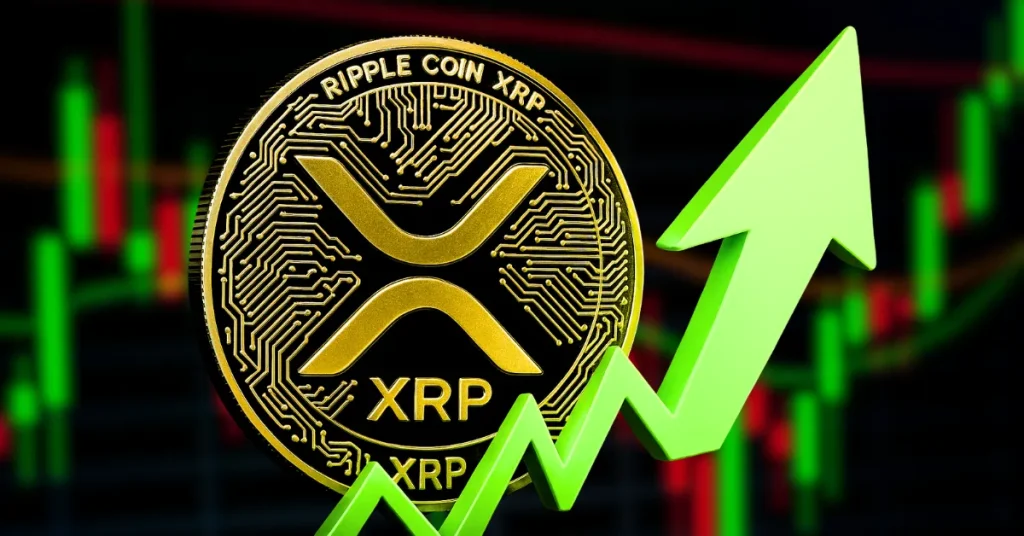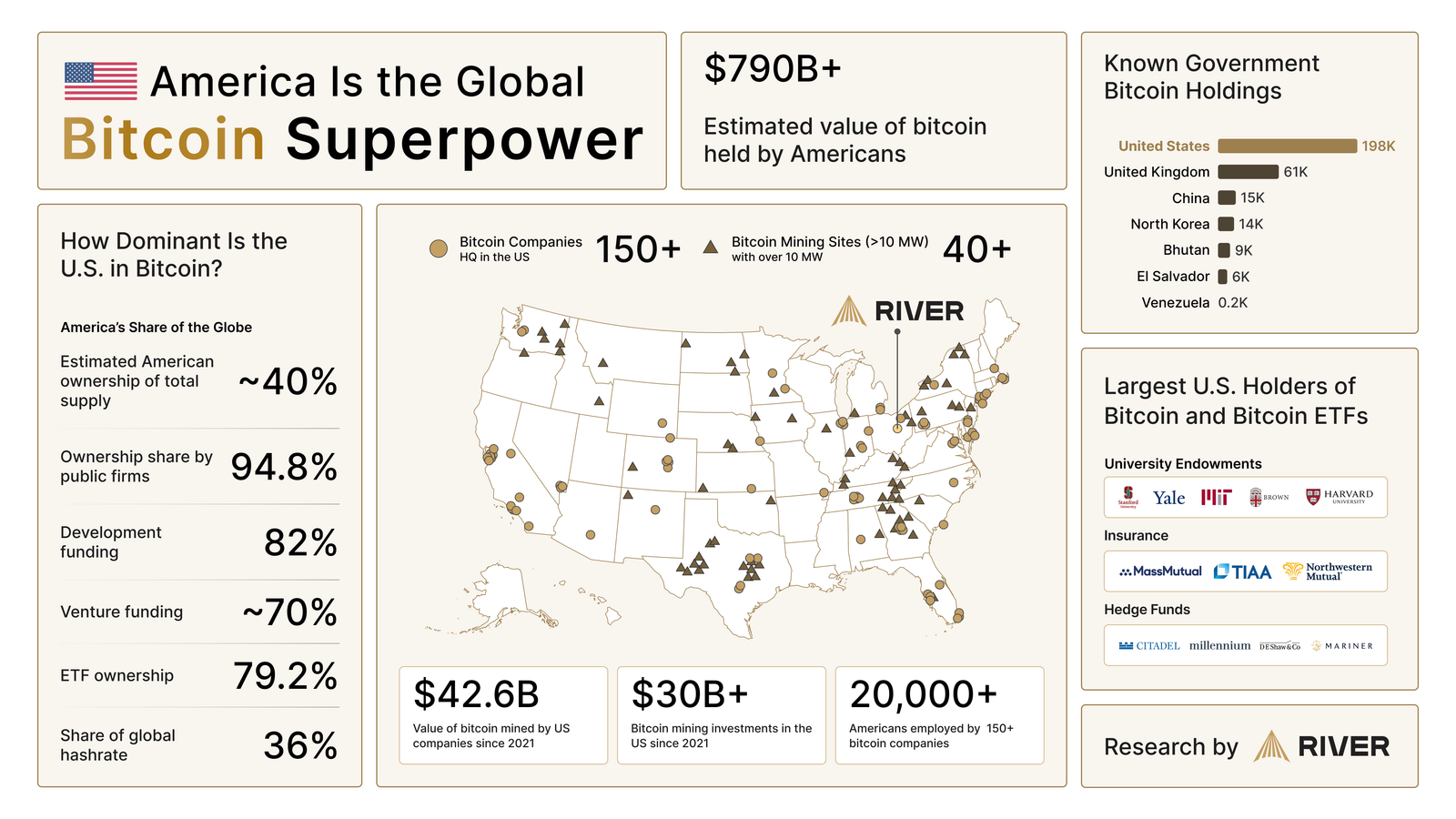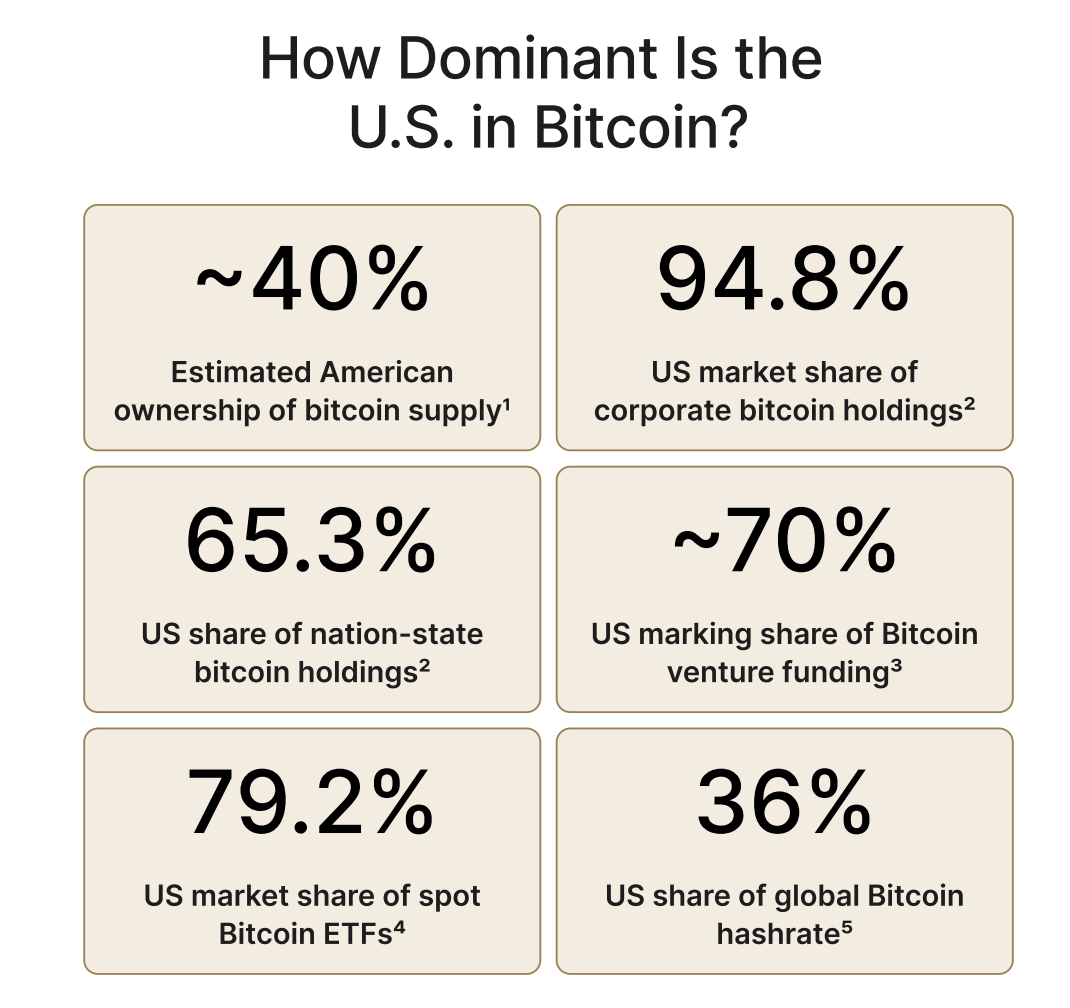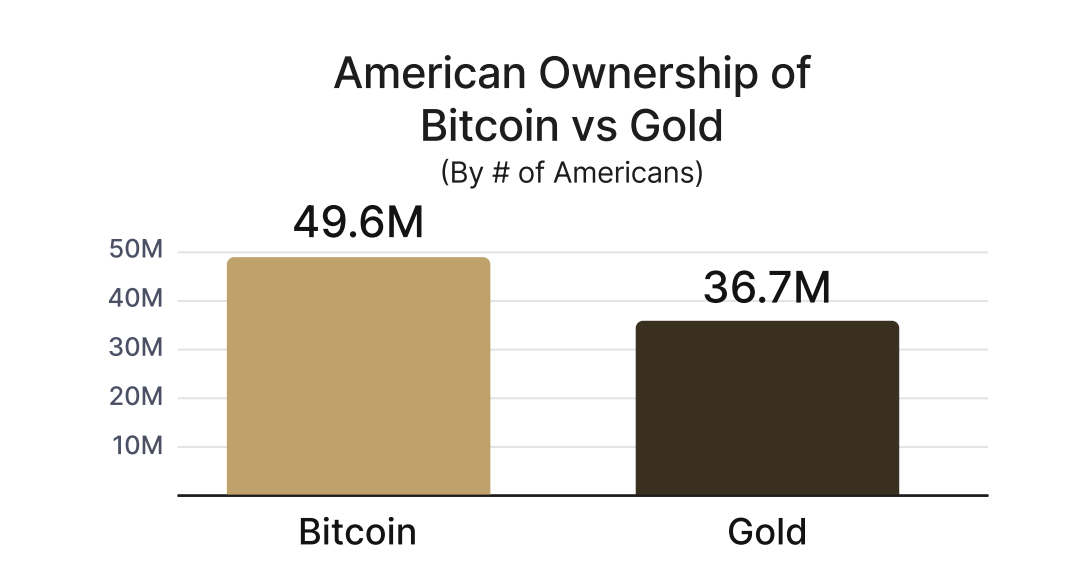
The post Is XRP at $2 the Next Bitcoin Moment? 95% May Miss the Breakout appeared first on Coinpedia Fintech News
XRP is currently trading around $2.18 after a brief pullback, but market sentiment remains bullish. In a recent video, analyst Edward Farina made a comparison, claiming that buying XRP at this level is like buying Bitcoin when it was under $100.
Farina warns that many traders are trying to time the market by selling now and hoping to buy back at lower prices, a strategy he thinks will backfire for 95% of them. “The breakout doesn’t wait for your plan,” he warned.
Drawing from his own experience in 2019-2020, Farina admitted he repeatedly lost out while attempting to outsmart the market. He sees the same pattern unfolding today, with many XRP holders recently selling below $2, convinced a deeper crash was coming. Some even placed buy orders anticipating a 30–70% drop, only to watch the market sharply reverse and turn green, leaving them on the sidelines.
With influential figures like Arthur Britto resurfacing and several bullish catalysts emerging around XRP, it could be on the verge of a major breakout.
- Also Read :
- XRP Price Prediction For June 25
- ,
The Cold Wallet Strategy
Farina advised keeping 90% of XRP in a cold wallet to avoid emotional selling and said to use only 10% for trading. His number one rule is to “Never sell your core XRP bag.”
According to him, XRP is the only asset that could “skyrocket overnight.” A single catalyst, like an official Swift partnership or a major central bank announcement, could send the price soaring. In such a scenario, those who sold XRP to save 20 or 30 cents might find themselves permanently priced out of the market.
XRP Under $2 Is a “Gift”
Analyst DustyBC says that XRP under $2 is a rare opportunity, predicting the market will look back by December 2025 and recognize its value. Crypto Bitlord agrees, calling XRP under $2 a gift, and has set a $7 target. He believes XRP may never dip below $2 again.
Never Miss a Beat in the Crypto World!
Stay ahead with breaking news, expert analysis, and real-time updates on the latest trends in Bitcoin, altcoins, DeFi, NFTs, and more.







